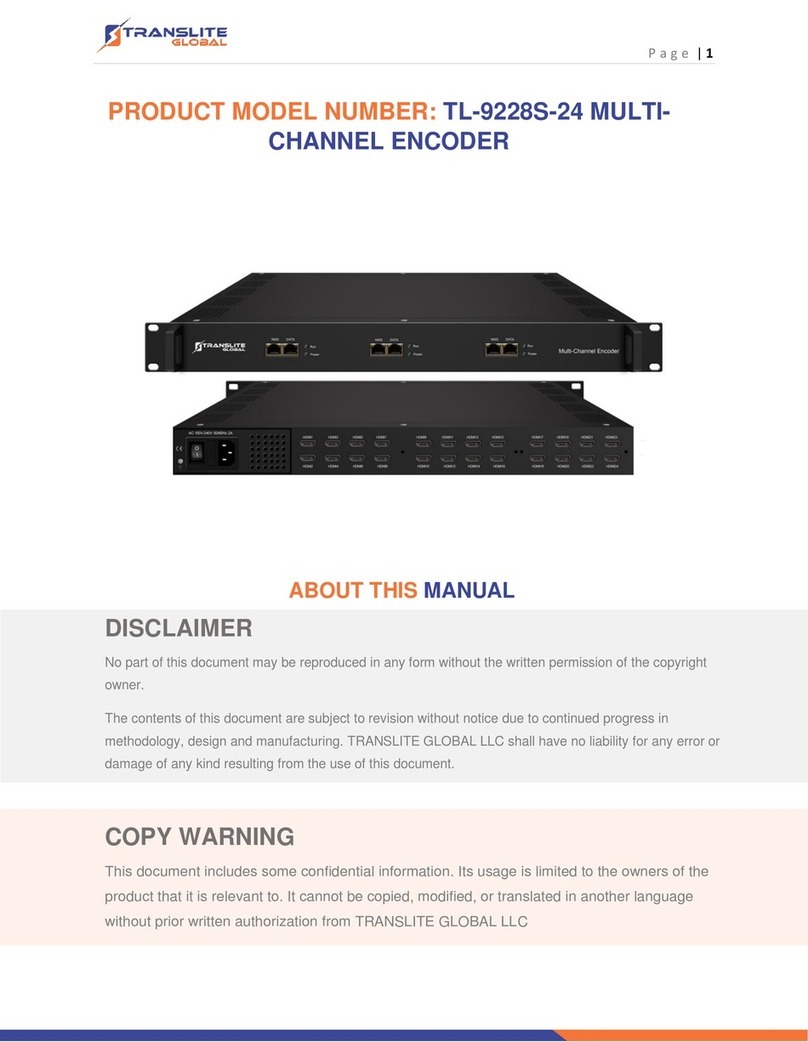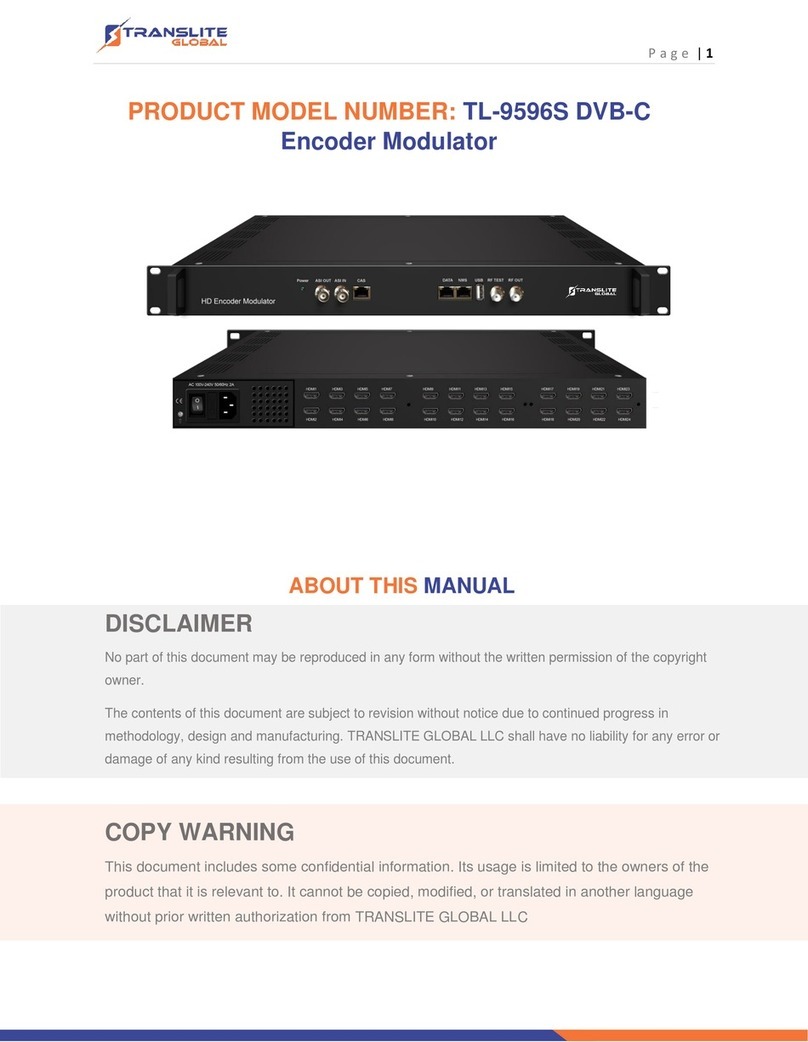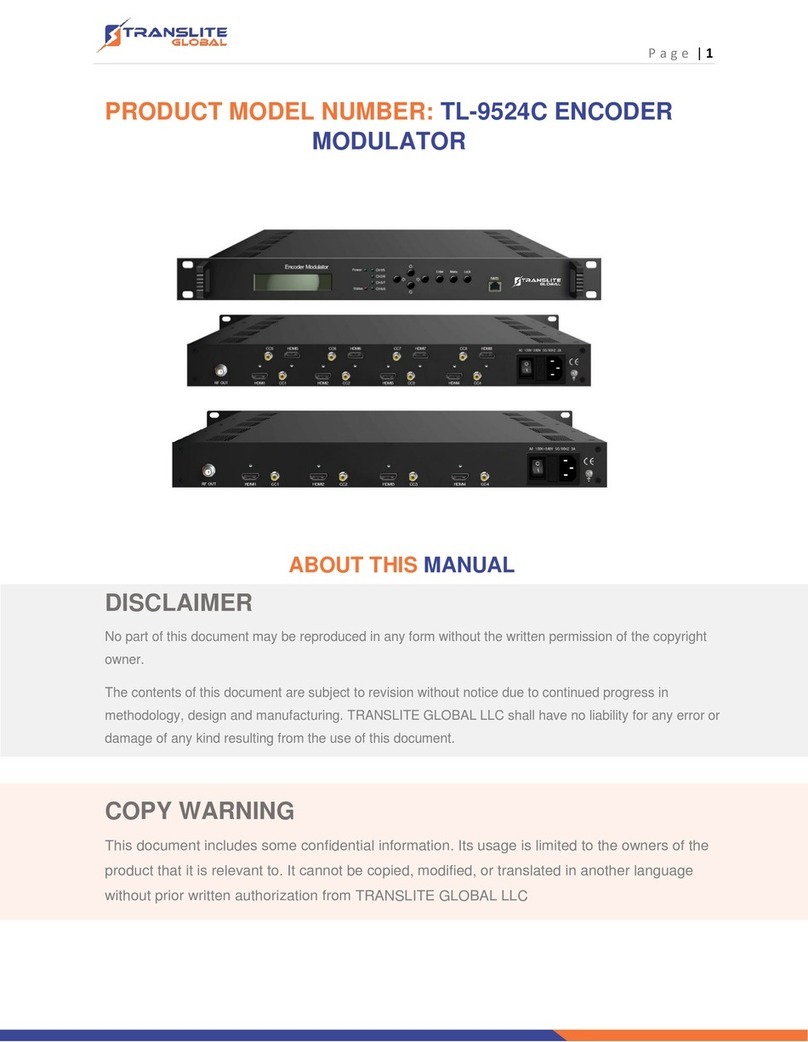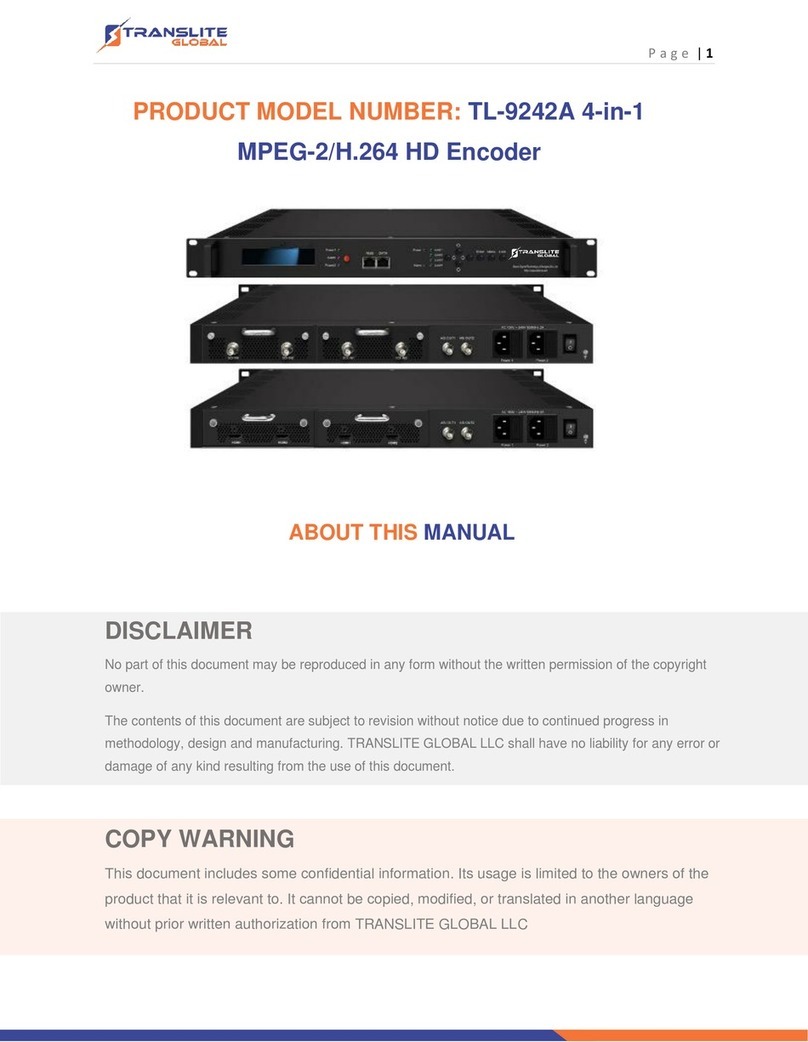P a g e | 2
INDEX
TABLE OF CONTENTS
CHAPTER 1 INTRODUCTION ................................................................................................................... 3
1.1 PRODUCT OVERVIEW ....................................................................................................................... 3
1.2 KEY FEATURES ..................................................................................................................................3
1.3 SPECIFICATIONS................................................................................................................................4
1.4 PRINCIPLE CHART.............................................................................................................................6
1.5 APPEARANCE AND DESCRIPTION...................................................................................................... 6
CHAPTER 2 INSTALLATION GUIDE...........................................................................................................8
2.1 ACQUISITION CHECK......................................................................................................................... 8
2.2 INSTALLATION PREPARATION ............................................................................................................ 8
2.3 DEVICE’S INSTALLATION FLOW CHART............................................................................................... 9
2.4 ENVIRONMENT REQUIREMENT.........................................................................................................9
2.5 GROUNDING REQUIREMENT .......................................................................................................... 10
2.5.1 FRAME GROUNDING............................................................................................................ 10
2.5.2 DEVICE GROUNDING............................................................................................................ 10
2.6 WIRE’S CONNECTION...................................................................................................................... 11
2.7 SIGNAL CABLE CONNECTION........................................................................................................... 11
2.7.1 SDI CABLE ILLUSTRATION...................................................................................................... 11
2.7.2 ASI OUTPUT CABLE ILLUSTRATION........................................................................................ 12
2.7.3 NETWORK CABLE ILLUSTRATION........................................................................................... 12
CHAPTER 3 OPERATION........................................................................................................................ 12
3.1 LCD MENU STRUCTURE................................................................................................................... 13
3.2 GENERAL SETTINGS FOR MAIN MENU............................................................................................. 15
CHAPTER 4 WEB NMS OPERATION....................................................................................................... 22
4.1 LOGIN ............................................................................................................................................ 22
4.2 OPERATION.................................................................................................................................... 23
CHAPTER 5 LOW DELAY SETTINGS........................................................................................................ 34
CHAPTER 6 TROUBLESHOOTING .......................................................................................................... 35
CHAPTER 7 PACKING LIST..................................................................................................................... 36

































